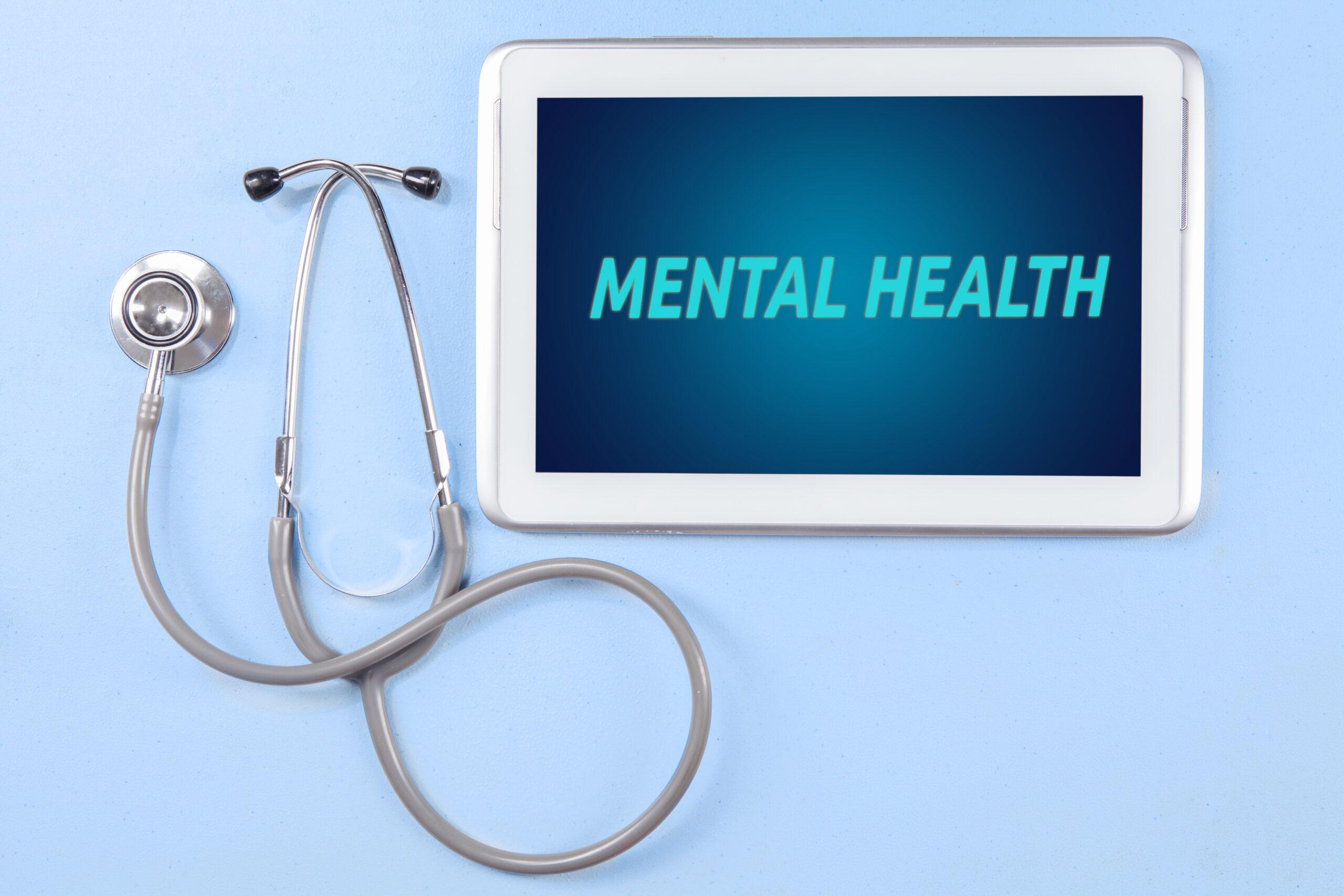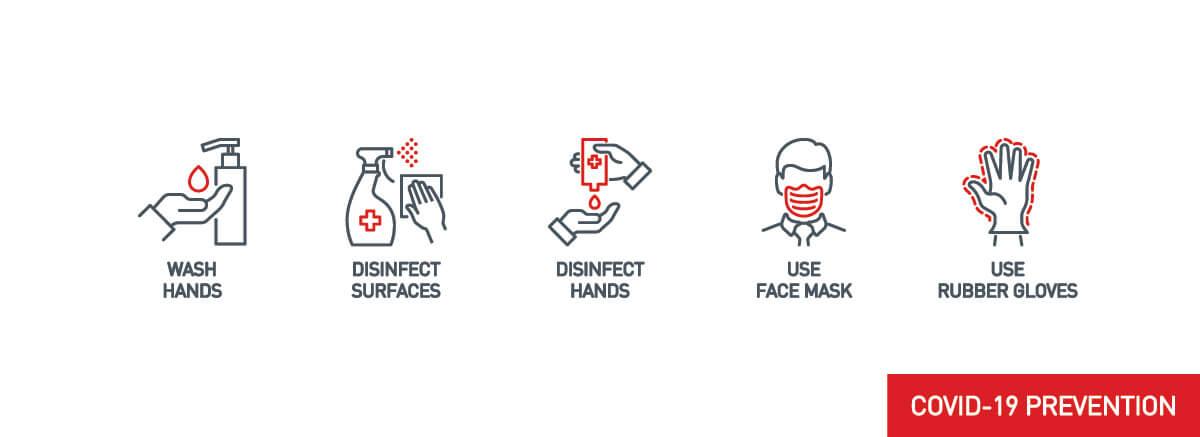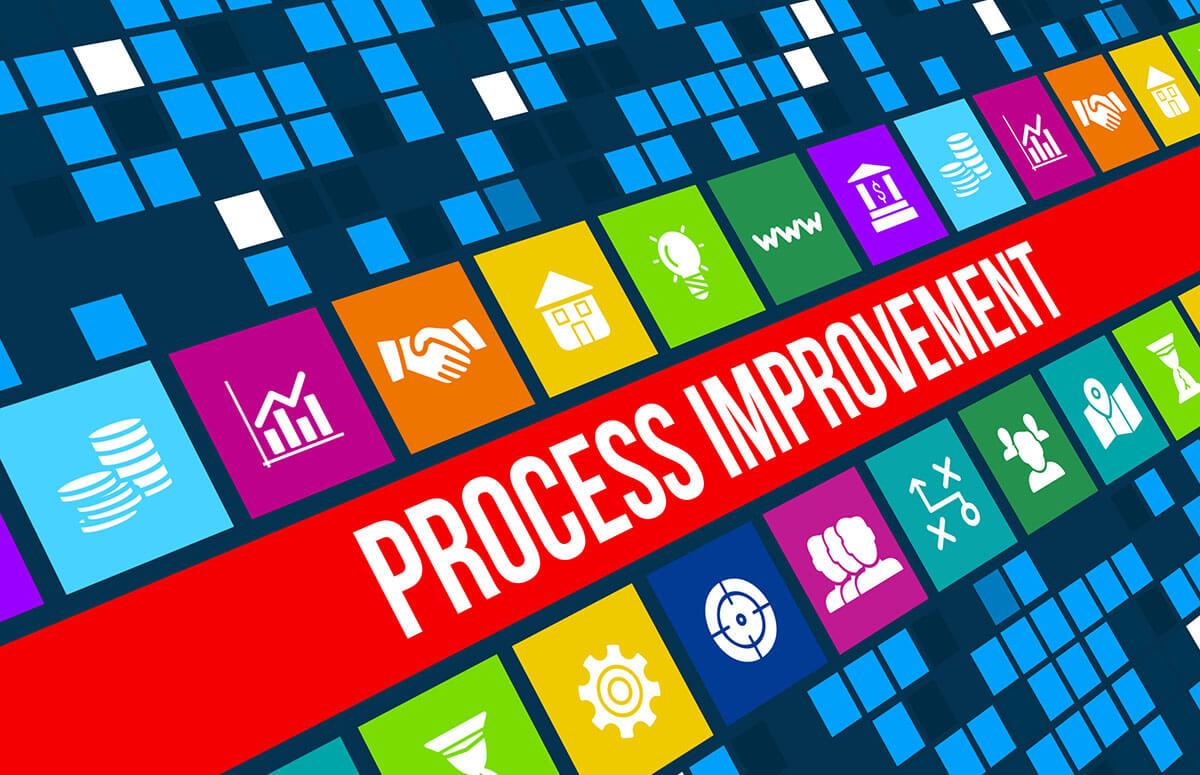Mental health refers to people’s cognitive, behavioral, and emotional well-being. Prolonged isolation can take its toll on mental health issues as we learned with the global pandemic. Learning to navigate resources and developing a deeper understanding of self can lead to a happier more fulfilled life. Digital tools are revolutionizing care in the U.S. We have a crisis in mental health care, especially when we learn 60 percent of young people with major depression received no health treatment in 2017-2018. In the U.S. 55 counties have no psychiatrist, psychologist or social worker and 70 percent don’t have a single child psychiatrist.
Around 74% of all deaths in the U.S. occur as a result of 10 causes. Over the past five years, the main causes have remained consistent based off data from 2017. Unintentional injuries, Alzheimer’s Disease and Suicide make up three of those ten according to the CDC.
What are the leading causes of mental illness? The Mental Illness Policy Org is a comprehensive site where you can learn more. When we look to what causes them, we learn:
- childhood abuse, trauma, or neglect.
- social isolation or loneliness.
- experiencing discrimination and stigma.
- social disadvantage, poverty or debt.
- bereavement (losing someone close to you)
- severe or long-term stress.
- having a long-term physical health condition.
- unemployment or losing your job
Get involved with what the National Quality Forum Action Team has in place and be a partner in identifying solutions, gaps in care and inspire actions to foster better outcomes.



